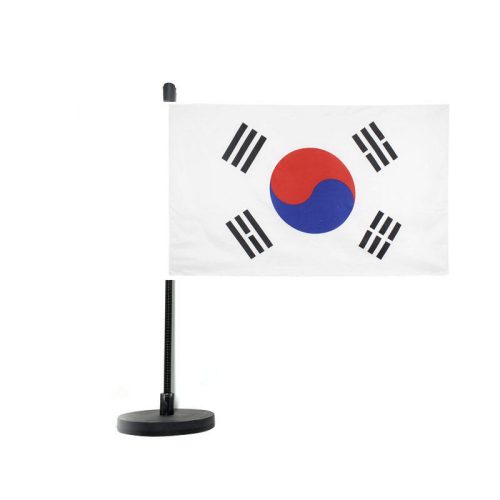Colors play an important role in flag design as they can evoke emotions, convey meaning, and represent cultural values. The psychology of colors is a field of study that examines how colors can affect human behavior and perception. Here are some common colors used in flag design and their associated meanings:
- Red: This color is often associated with passion, energy, and power. It can also symbolize courage, sacrifice, and bloodshed. Red is commonly used in flags to represent patriotism, revolution, and socialism.
- Blue: This color is often associated with calmness, stability, and loyalty. It can also symbolize the sea, the sky, and freedom. Blue is commonly used in flags to represent democracy, peace, and unity.
- Green: This color is often associated with nature, growth, and harmony. It can also symbolize Islam, fertility, and hope. Green is commonly used in flags to represent agriculture, environmentalism, and nationalism.
- Yellow: This color is often associated with warmth, optimism, and happiness. It can also symbolize gold, the sun, and power. Yellow is commonly used in flags to represent wealth, sovereignty, and freedom.
- Black: This color is often associated with power, elegance, and mystery. It can also symbolize mourning, death, and rebellion. Black is commonly used in flags to represent anarchy, mourning, and resistance.
- White: This color is often associated with purity, peace, and innocence. It can also symbolize snow, clouds, and neutrality. White is commonly used in flags to represent peace, unity, and faith.
- Orange: This color is often associated with energy, excitement, and enthusiasm. It can also symbolize warmth, harvest, and courage. Orange is commonly used in flags to represent strength, endurance, and prosperity.
The choice of colors in flag design is often influenced by cultural, historical, and political factors. Designers must consider the meanings and associations of each color before incorporating them into a flag design.


